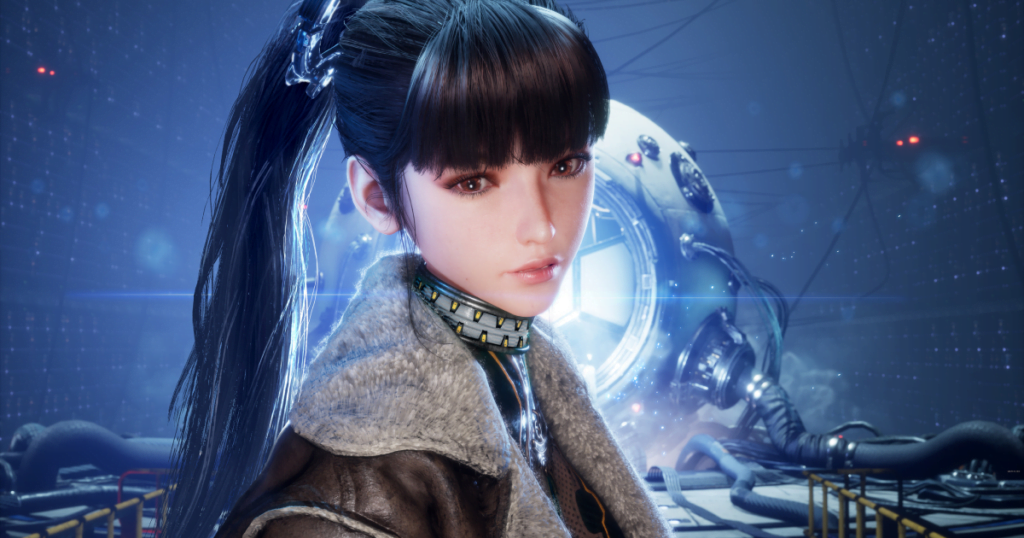Research Summary
The report discusses the evolution of generative AI, its impact on various sectors, and the challenges it faces. It highlights the rapid growth and adoption of generative AI, driven by decades of technological progress, and the emergence of applications like ChatGPT. However, it also points out the issues of hype, lack of product-market fit, and the need for proving value to users. The report suggests that the market is transitioning from a technology-focused “Act 1” to a customer-centric “Act 2”, where AI solutions solve human problems end-to-end.
Key Takeaways
Generative AI’s Rapid Evolution and Impact
- Decades of technological progress: The report credits six decades of Moore’s Law, four decades of the internet, and two decades of mobile and cloud computing for creating the necessary conditions for generative AI to take flight.
- ChatGPT’s rise: The rise of ChatGPT sparked a wave of innovation in the AI sector, transforming AI researchers into special forces units commanding billions of dollars of compute.
- AI’s impact on various sectors: Generative AI has already had a more successful start than SaaS, with over $1 billion in revenue from startups alone. Applications like ChatGPT, Midjourney, and Character have become household names.
Challenges and Criticisms
- AI hype and hysteria: The report notes that the initial excitement around AI quickly turned into borderline hysteria, leading to an unsustainable feeding frenzy of fundraising, talent wars, and GPU procurement.
- Questioning the usefulness of generative AI: Despite the hype, there were whispers within Silicon Valley questioning the actual usefulness of generative AI, as many products were falling short of expectations.
- Issues with product-market fit and competitive advantage: Many AI companies lack product-market fit or a sustainable competitive advantage, and the overall ebullience of the AI ecosystem is unsustainable.
Transition to “Act 2”
- Shift from technology-out to customer-back: The report suggests that the market is transitioning from “Act 1”, which was technology-focused, to “Act 2”, which will be customer-centric and solve human problems end-to-end.
- Examples of companies entering “Act 2”: Companies like Harvey, Glean, Character, and Ava are entering “Act 2”, building custom solutions and creating digital companions.
- Generative AI’s evolution: The report highlights the increasingly multimodal nature of generative AI applications and its evolution from a technology hammer to actual use cases and value.
Actionable Insights
- Addressing the value problem: Generative AI needs to prove its value to users to build enduring businesses. This involves fixing the retention problem and generating deep enough value for customers that they become daily active users.
- Developing a shared playbook: Companies are developing shared techniques to make models useful and emerging UI paradigms that will shape generative AI’s second act.
- Investing with patience and judgment: Despite the hype and challenges, there is a need for patience and judgment in investment decisions, with careful attention to how founders are solving the value problem.











